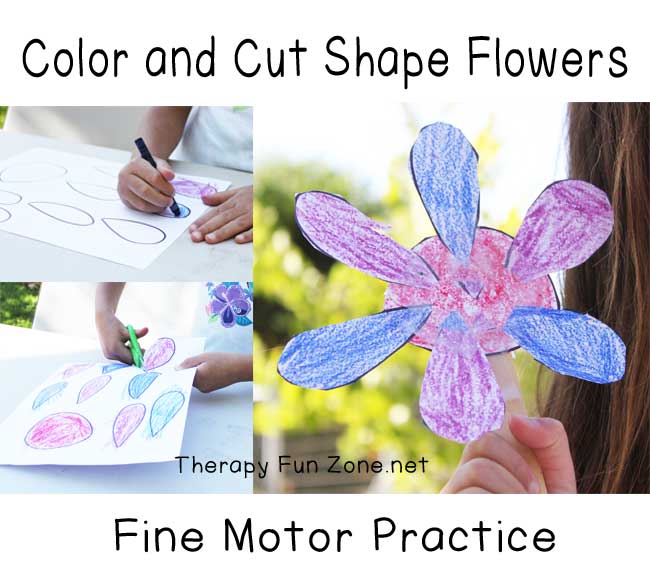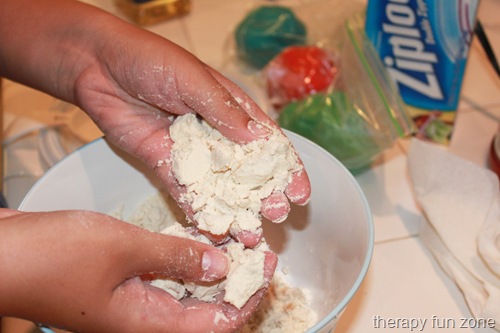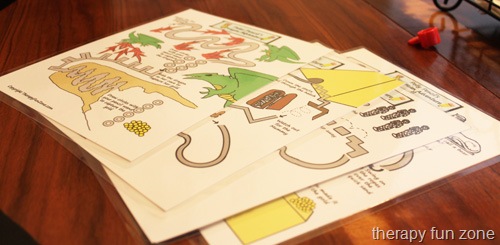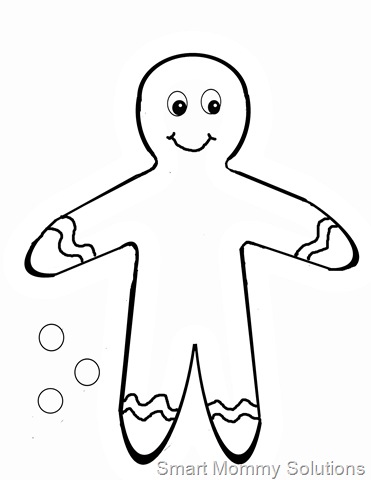Body language is a work of art!
This post may contain affiliate links.
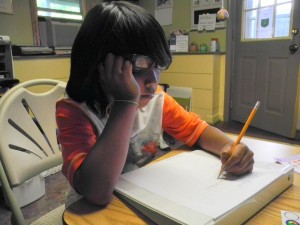
Body language can be such an unfaithful friend. And, at times, it can seem to work hard to double-cross us. Both the movement and lack of movement that our bodies perform unveil our innermost thoughts, sometimes betraying our words and promises. Body language is a learned behavior, however. We can be taught how to project and read it. And it should be taught, as it is one of our most important avenues of communication. Movement is a key element in body language development as it pairs our bodies with information and provides the brain with a process for understanding our body’s signals as well as those of others.
Understanding the body language of others, however, demands an accurate sense of our own body’s movements. A reliable sense of body awareness provides us with a map that allows us to know where our body is without having to look at it. We can identify our position in space even with our eyes closed. Children begin this development of self-perception from the moment they make their first movement. (Who knows, that may even begin in the womb!) As they begin to explore the movement of their hands, the input from their joints, and the messages delivered through their vestibular system, they are gathering information through their eyes that helps them form a perception of how their bodies work and how they interact with their world.
Renowned psychologist, Dr. Ronald Henry Forgus, defined perception as “an active process of locating and extracting information from the environment and learning is the process of acquiring information through experience and storing information. Thinking is the manipulation of information to solve problems. The easier it is to extract information (perceive) the easier our thinking process becomes.”
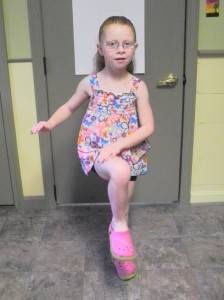
A distinct and accurate perception of one’s body image, the recognition of the signals that it is sending, and the understanding that those signals can be amended through one’s volition are products of extracting information through experience. The ability to recall that experiential information and to produce a movement that expresses feelings, hides emotions, protects us, or defines our needs can be learned through movement activities that span many mediums, one of which is art. Yes, art is a movement, a creation formed from action and experience. The workings of an artist, as he molds clay or paints a stroke, bring together the collective experiences of his visual, proprioceptive, vestibular, and tactile senses, resulting in the artist’s impression of the world around him. The cumulative knowledge that his senses provide him began most likely as he scribbled his first impression on the living room wall! Scribbling should be encouraged (on a more appropriate medium, of course) as it allows children to communicate through art and ‘talk’ with shapes and colors. Scribbling begins the process of learning to communicate as “the mixture of shapes that a child comes up with, as well as his use of space, leads to his ability to learn to manipulate circles and lines into letters, letters into words, and words into a message.” Scribbling and drawing open up a vast canvas upon which a child can define his likes and dislikes, express love and anger, solve a problem, or simply spend time with his thoughts.
It has been said that the exploration of artistic works can reveal something about the artists and their lives as we discover their choices for subjects and how they painted them. “Part of the artist comes through in all (of their) choices, subject, medium, style, – are all ways of communicating.” Cathy Carey, a San Diego artist,  emphasizes that the composition, texture, and even the speed of the artist’s movements “reveals something about the subject and the artist.” These facets can influence how we are going to feel about the work – a sort of body language expressed through art. Hence, the study and creation of art as a form of self-expression can help children to “interpret spoken and body language” transmitted from others, as well. Visual skills play a key role in the interpretation of the signals that guide our social and interpersonal behavior. Body language is not a “what you see is what you get” exchange. This form of communication must be read, analyzed, and understood before an appropriate response can be made to it. Visual input, our “most far reaching sense…provides children with the ability to collect, organize, and analyze the information obtained from their eyes, as all as their other senses, in order to modify their movements….” Art activities have proven to help children “develop creative problem solving skills and learn to communicate thoughts, feelings and ideas” as they broaden their understanding of the world and people around them.
emphasizes that the composition, texture, and even the speed of the artist’s movements “reveals something about the subject and the artist.” These facets can influence how we are going to feel about the work – a sort of body language expressed through art. Hence, the study and creation of art as a form of self-expression can help children to “interpret spoken and body language” transmitted from others, as well. Visual skills play a key role in the interpretation of the signals that guide our social and interpersonal behavior. Body language is not a “what you see is what you get” exchange. This form of communication must be read, analyzed, and understood before an appropriate response can be made to it. Visual input, our “most far reaching sense…provides children with the ability to collect, organize, and analyze the information obtained from their eyes, as all as their other senses, in order to modify their movements….” Art activities have proven to help children “develop creative problem solving skills and learn to communicate thoughts, feelings and ideas” as they broaden their understanding of the world and people around them.
Visually charged artistic works can communicate a message in much the same way that body languages utilizes subtle signals. Jennifer Crupi shares artwork that communicates the underlying meanings of body language “in the hope that viewers will realize the importance of how our bodies speak for us.” Encourage artistic works into the lives of children! Perhaps a budding child artist that we know will follow in her footsteps!
Katherine J. Collmer, M.Ed., OTR/L, is a pediatric occupational therapist who owns and operates a clinic that specializes in the assessment and remediation of handwriting skills. She can be contacted via her website, www.handwritingwithkatherine.com.



